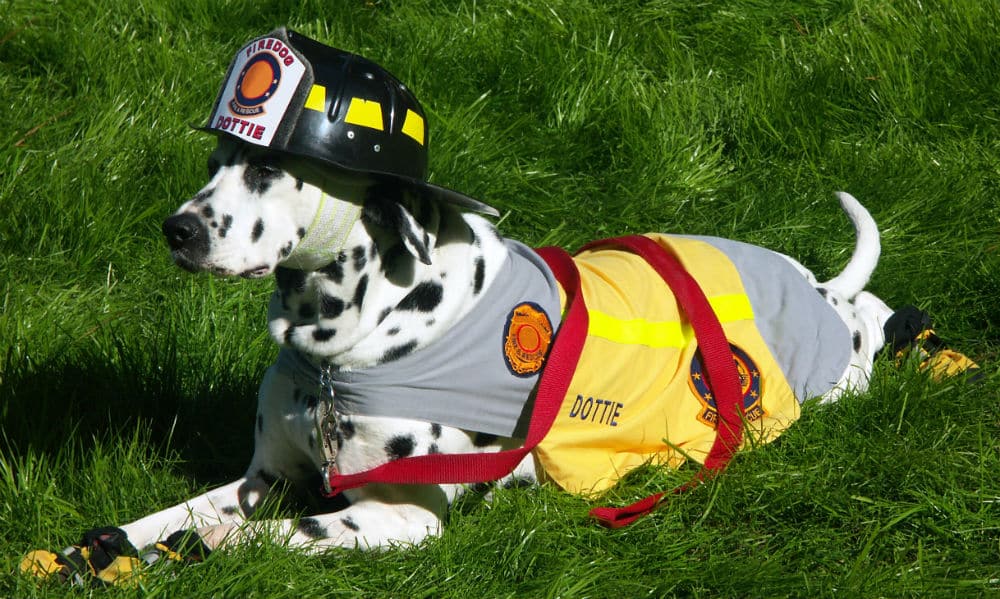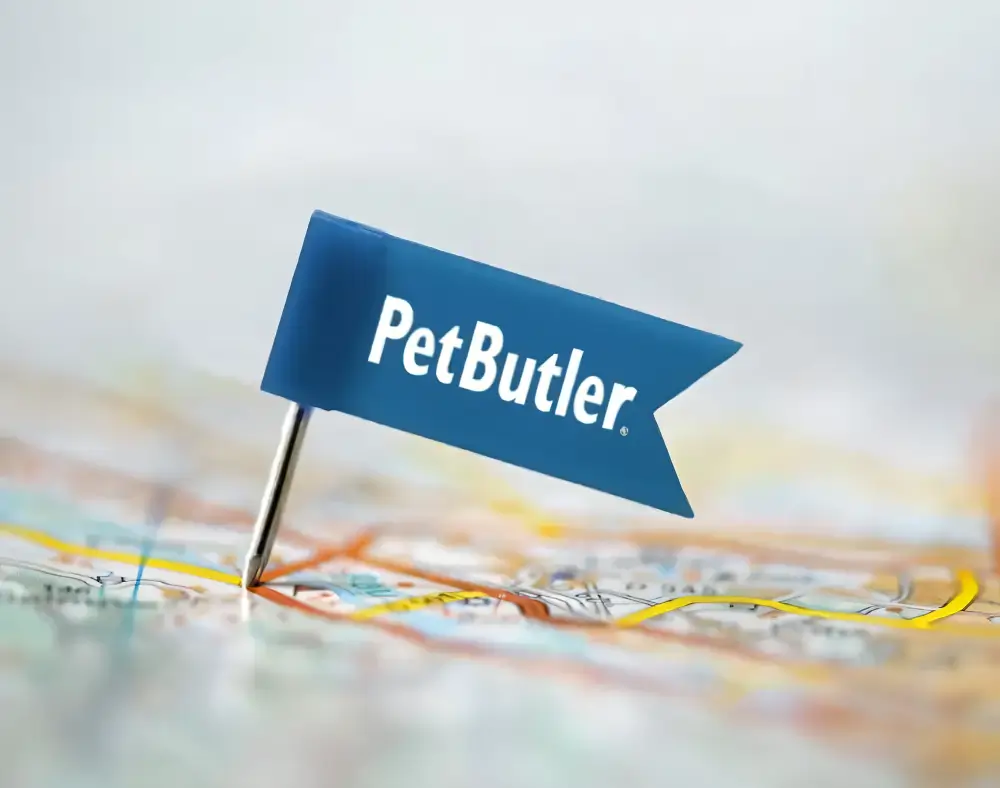Did you know that July 15 is Pet Fire Safety Day? One of the most common dangers to befall families is a house fire. According to the American Fire Administration, house fires affect approximately 500,000 pets each year. A portion of these fires are started by pets themselves.
Naturally curious, pets are attracted to the open flames of candles and fireplace fires. Some sweet-smelling oils warmed by a flame may prompt a pet to investigate. A client once returned home to a devastating kitchen fire; he left a cardboard pizza box atop a gas stove. Presumably, the dog jumped up to eat the pizza and inadvertently turned on the burner.
Halogen lamps and space heaters are easily nudged by a pet leading to excessive heat build-up and are a definite fire hazard. Finally, wires can be tempting to chew for both cats and dogs, especially puppies!
Tips to Keep Pets From Starting Fires
- Keep an eye on open flames: Supervise your pet whenever lighting a candle or fire in the fireplace. A solid screen can prevent embers from escaping and pets from getting too close to the flame.
- Avoid candles: Keep candles and other diffusible oils out of your dog’s reach and consider going battery-operated.
- Use safety knobs: Pet and child fire prevention includes investing in safety knobs for your stove top found in any big box store near the infant section.
- Watch the heating products: Eliminate halogen lamps and use space heaters only when you’re awake and in the same room.
- Secure electrical wires: Pets can chew on cables or wires, it’s best to secure wires with tape or enclose them in a plastic cable organizer. Flexible tubing denies teething pups’ access.
Pet Disaster Preparedness Plan
When making a disaster plan for your family don’t forget to include your pets. Should your family need to evacuate a residence, practice makes perfect. Designate a member of the family to be responsible for the pet’s safety in a fire. It’s a great idea to have a “go bag” for your pet that includes a few days of food, water, leash or harness, ID tags, medication and a copy of their medical record.
- A photo of your dog and copy of their microchip number can aid in their return should they escape or become loose during an emergency. Knowing pets’ hideouts or safety zones such as a bathtub or under a bed can be important to quickly locate your pet.
- First Responders can use that information along with a window decal indicating what kind and how many pets they should be searching for. A pet in a burning house may run for an open door, so leave one available as you exit.
- Technology can be wonderful at detecting fire, power outages, or carbon monoxide leaks. It’s possible to link smoke detectors and carbon monoxide detectors to a security service or directly to emergency personnel. If a fire starts in your home while you’re out, a signal is sent to the monitoring center alerting the fire department of danger.
- Lastly, smoke detectors that are battery operated only work if the batteries are operating! With every new year, it makes sense to practice fire safety and change them out.

